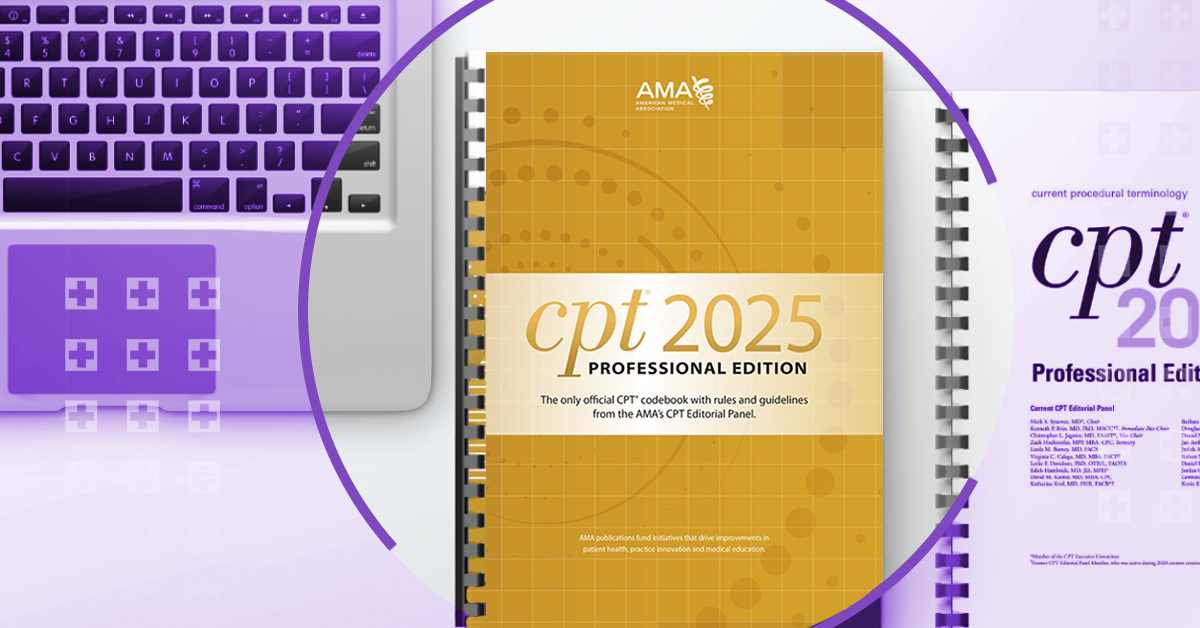Build versus buy: The enduring tech dilemma
It’s a frequent dilemma faced by companies in and outside of healthcare: do we build a tech solution in-house or outsource that capability to a separate vendor – ideally one that has already mastered the task at hand. For larger organizations in particular, it can be tempting to tackle these projects with existing resources. After all, there’s no lengthy RFP process, no need to manage yet another vendor, and no time lost getting outsiders up to speed on the business you know best.
But there are also pitfalls to going it alone. Developing proprietary technologies often takes longer and costs far more than anticipated, as explored in a Harvard Business Review study. In the sample of over 1,400 IT projects, one in six had an average cost overrun of 200% as well as a schedule overrun of close to 70%. A number of factors can contribute to this phenomenon, but a few stand out as significant obstacles to success:
- Building often requires expertise beyond the scope of existing staff – and hiring-up requires a significant investment of time and money
- Taking these projects in-house can pull employees away from their intended roles, splitting their focus and leaving others to pick up the slack.
- Ongoing maintenance and support needs remain – even when development proves successful
The unique challenge of building clinical terminology
When it comes to clinical terminology, the prospect of developing new solutions takes on a whole new level of complexity. Terminology is used at the point of care to help clinicians document with specificity and capture clinical intent. And having that terminology mapped to the right codes – behind the scenes – is at the core of the value a terminology vendor can offer. That’s because a foundational terminology layer helps to maintain details that can easily get lost as data is manipulated and transferred between systems. Essentially, when done right, terminology serves as the connective tissue, linking terms, codes, and other data, to enable a more complete picture of a given patient or population.
As one might imagine, building a comprehensive dictionary of clinical terms is challenging work that requires constant attention, careful curation, and plenty of specialized resources. However, creating and compiling the right words is only half the battle. For clinical terminology to be truly valuable, it must be correctly mapped to standardized code sets, thus making it useful downstream for activities like billing, regulatory reporting, and clinical trial recruitment. Then there’s the ongoing maintenance – the relentless and meticulous, yet critical work of updating and pressure-testing each term (and synonym) and ensuring that the behind-the-scenes code mapping is also both current and precise. Foul that up – or simply neglect it – and the ripple effects can spread like wildfire, impacting data quality across sites and systems.
Underrated value, underestimated effort
The painstaking work of developing and maintaining clinical terminology has been at the core of IMO Health’s mission for almost 30 years. Upon recognizing the tremendous value of and need for terminology within the nascent electronic health record (EHR) market, the company set out to create the most capable team to build the most comprehensive terminology solution available. That’s why every major EHR in the US trusts IMO Health to do this essential work.
At IMO Health, managing the complexity of five million clinical terms and mappings to all major global coding systems isn’t left to an algorithm. Neither are the updates to 350,000 to 400,000 unique terms each year. Rather, it’s the work of a dedicated, experienced team of terminologists, engineers, clinical informaticists, mapping analysts, data scientists, and others who:
- Thoroughly monitor all changes to regulatory coding systems, like ICD-10-CM, SNOMED CT®, and Current Procedural Terminology (CPT®)
- Stay abreast of regulatory coding changes and update IMO Health’s code mappings to dozens of major coding systems
- Closely follow the latest updates to clinical practice and research
- Continually assess client requests for new terms and vet them against the company’s extensive editorial policy
- Package regular updates together in a user-friendly format so IMO Health clients have the latest clinical terminology with minimal disruption to their workflows
The cost of playing catch up
While the need for comprehensive clinical terminology has been a given in EHRs for many years, its foundational value for those in areas such as life sciences, health IT, and the payer space is only recently gaining the attention it deserves.
Certainly, some technologies can be built in-house. Perhaps even many. But we’d argue terminology isn’t one of them. The cost of building the right team and the right solution is simply too high. And the time required to amass three decades of terms, mappings, and mastery is a luxury that few (if any) healthcare organizations actually have.
To learn how IMO Health can provide seamless terminology support so you can focus on your own solutions, click here.
CPT is a registered trademark of the American Medical Association. All rights reserved.
SNOMED and SNOMED CT are registered trademarks of SNOMED International.


